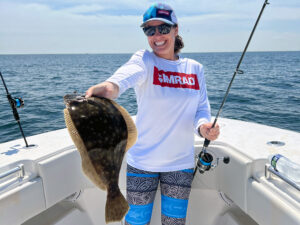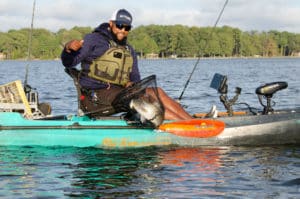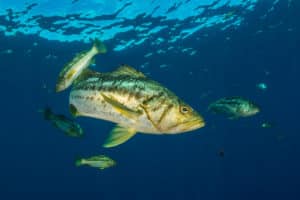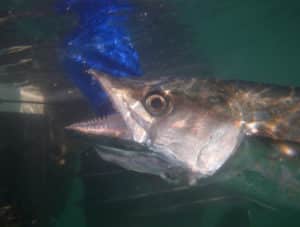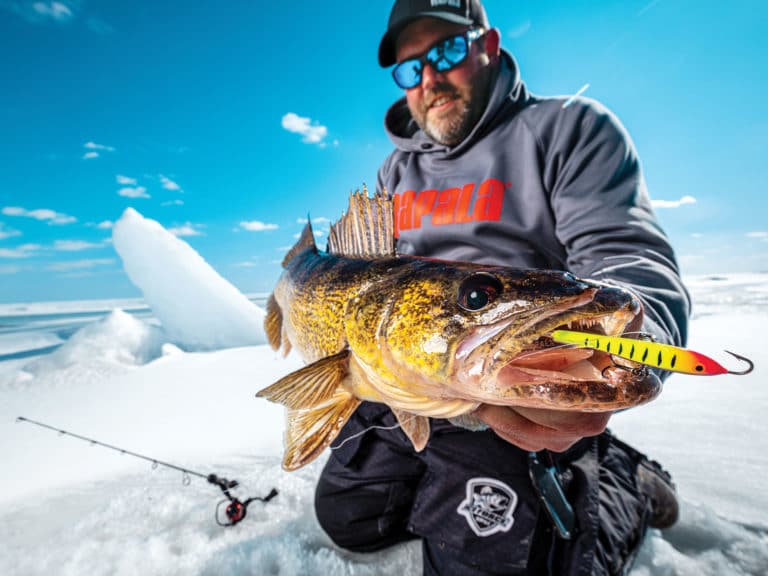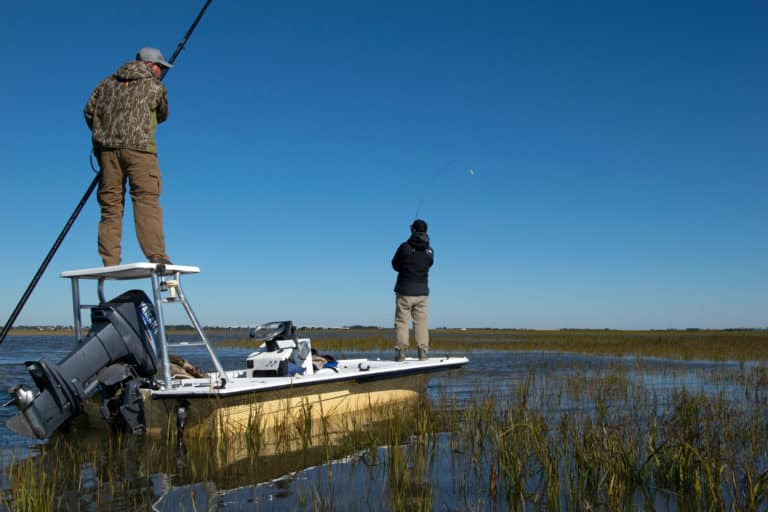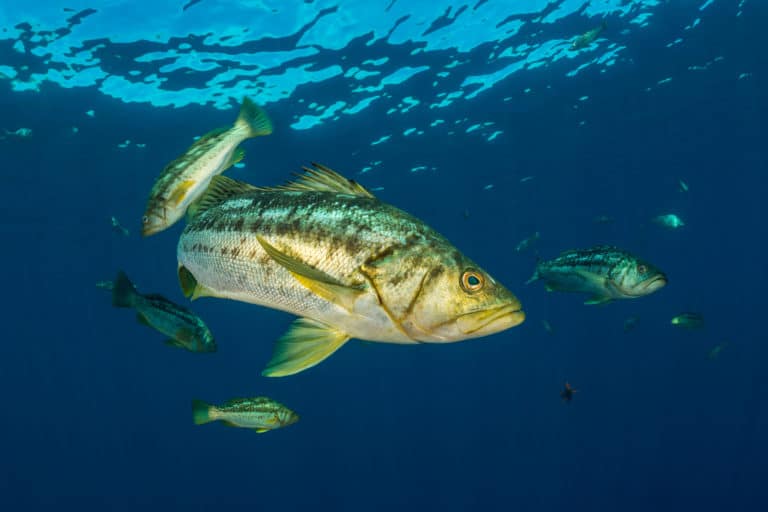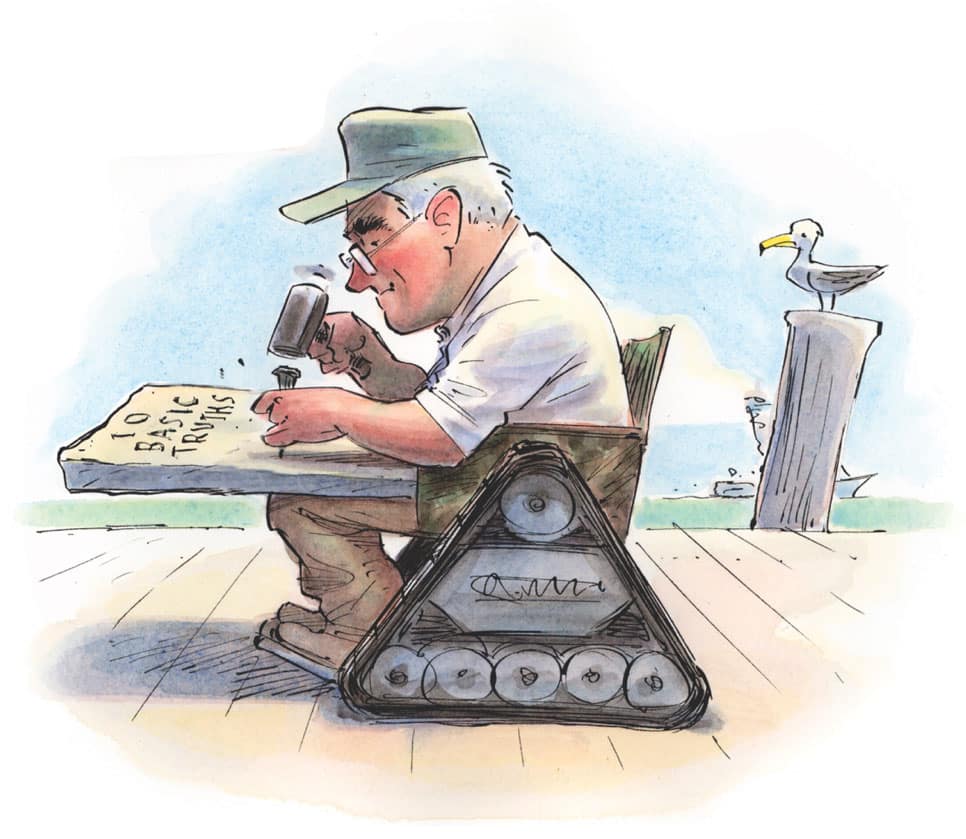
SPF0513_FTR_1
Having spent five decades fishing blue water, I often wonder if I’ve learned anything. When you’re a young buck trying to make your mark, you’re often quick to try to reinvent the wheel. You must have a new knot with your name on it or discover a technique that’s never been tried. But at the end of the day, not much has changed.
The early Polynesians’ and Hawaiians’ lures of yesteryear are not much different from today’s, and kite-fishing was employed in the Pacific almost 90 years ago. In my own heart, however, I know there are some basic truths. There are more than 10, of course, but this page is short, so let’s get to it.
1. On clear, bright days, dark lures work best. The contrast against the sky makes a more defined target. Never underestimate black and dark heads and skirts on bluebird days. Lighter colors work better when it’s overcast. In the old days, trolling daisy chains with black, dark-blue and red Mold Craft 14-inch squid worked best. Maybe, just maybe, that’s why skirts work so well on ballyhoo: They simply make the bait more visible.
2. The strongest knot is no knot at all. I spent days testing an Instron line tester at the Cortland Line Co., and I can tell you that knotless line holds 100 percent line strength, without question. If you have to use a knot, however, the Chinese splice wind-on is the best deal going. The Bimini twist loop-to-loop connection with a wind-on is No. 2, followed by a standard clinch knot.
3. The best tuna fishing I’ve ever had took place four to eight hours before horrendous weather moved in. When the barometer is falling like a rock, tuna often bite like ticks. I’m convinced that like cows, deer and elk, tuna put the feedbag on. I’ve been criticized over the years, and rightly so, for staying on the canyon grounds too long. But all the rods were hooked up with bigeye! I don’t advocate unsafe boating practices; it all depends on your skill level and how much risk you’re willing to take.
4. The best technique to catch marlin and tuna — or any other offshore or inshore game fish, for that matter — is what works best for you. Confidence based on past performance is always the right way to go.
5. All pelagics seem to bite best when the boat is either quartering down-sea or running straight down‑sea.
6. Nothing works better than a zero-defect operation, whether it’s in tackle, knots, crew coordination or mechanical readiness. Failure always shows up at the weakest link.
7. I generally troll dead bait too slowly for blue marlin. Fast-moving, aggressively skipping or swimming bait is what fires up blues. White marlin, sails and striped marlin, however, are a different deal entirely, and I generally troll too fast when using dead bait for these fish.
8. The key to consistent multiple hookups on yellowfin, bigeye and albacore tuna is perfecting the “Barta Throttle Dance,” which I have often written about. This certainly must sound egotistical but, of course, I am.
9. Never be intimidated by any captain or crew in a competition. All it takes is five minutes in the right place at the right time. I have out-fished multimillion-dollar teams on a beer budget trolling four naked ballyhoo. By the way, I’ve also been whipped by the same crews any given Sunday.
10. Less strike drag is always better than more strike drag. I’ve caught many blue and black marlin and giant tuna using only 5 pounds of strike. The more strike drag I use, the more hooks I pull.
And, finally, an unpopular belief of mine: Great captains, the stuff of legend, are made not by what they have caught, but by what they have given back. It’s that simple.
Till next tide,
Capt. Tred Barta
For all things Tred, go to tredbarta.com.

